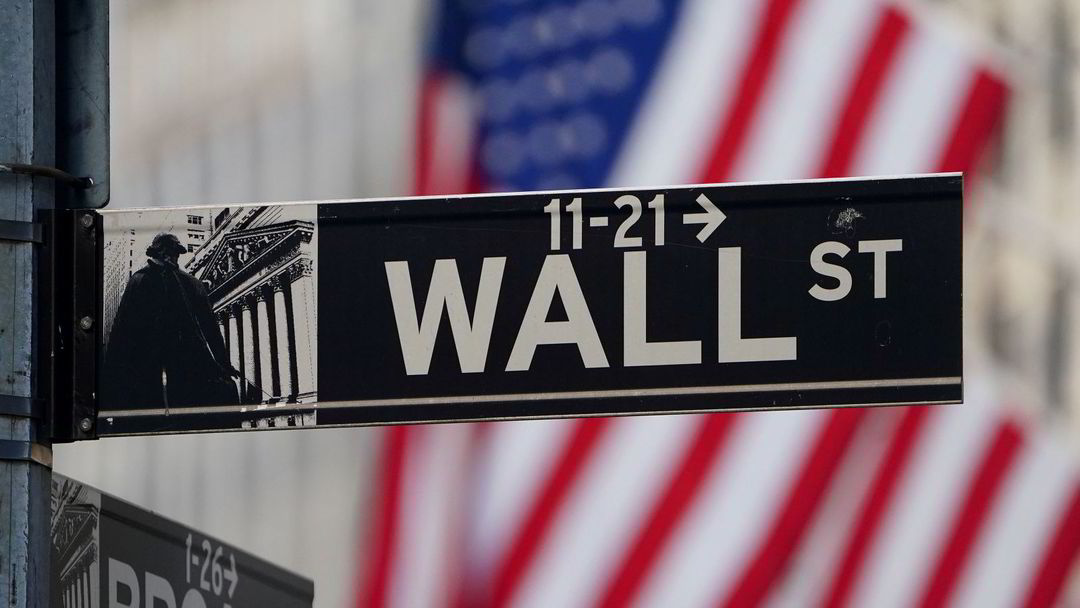On the first trading day of the week, the leading US stock market indices rose as the stock exchanges opened. Then it quickly became more mixed:
- The technology-dominated Nasdaq Composite rose close to 0.7 percent before the rally evaporated, and was down 0.3 percent after barely two hours of trading. The index remained there for the rest of the trading day, and ended with a fall of 0.5 per cent.
- Industry-heavy Dow Jones opened with a gain of close to 1 percent and stayed through the day with a 0.5 percent boost, before ending with a 0.6 percent gain.
- The broad composite index S&P 500 also opened close to one prosnet higher, but the increase was limited to 0.2 percent. The S&P 500 ended with a rise of 0.2 percent.
In the morning hours Norwegian time, both the two- and ten-year interest rates for US government debt rose, and stood at 3.86 per cent and 3.39 per cent respectively. It is sharply down from earlier in March, when the drama in the banking sector sent a shock through the interest rate markets.
At the same time, new bets are being made on a recession in the market, which is now expecting an interest rate cut from the Federal Reserve as early as mid-summer. Federal Reserve Chairman Jerome Powell said earlier this month that he is “not thinking” of cutting interest rates anytime soon.
This week there are few macro figures of importance on the calendar, but on Friday PCE figures from the US, which are often referred to as the Fed’s preferred measure of inflation, will arrive.
SVB enters a new phase
Early Monday morning Norwegian time, it became clear that First Citizen is buying all loans and deposits in the now bankrupt Silicon Valley Bank (SVB).
The transaction includes USD 72 billion in SVB assets, i.e. all deposits and loans. First Citizens is a family-owned bank headquartered in Raleigh, North Carolina. It has distinguished itself as a diligent acquirer of banks in trouble in recent years, writes the Financial Times.
In the report, the federal insurance fund FDIC stated that SVB had around USD 167 billion in assets and around USD 119 billion in total deposits on March 10, i.e. the day the bank went under.
The guarantee fund estimates the cost of the collapse in SVB at around USD 20 billion.
It seems that the investors are satisfied with the acquisition, as the First Citizen share rose 22 per cent from the start on Monday. The price rise increased, and after one hour of trading the price rise was around 50 per cent and it also ended with a rise of 55 per cent.
The optimism spread to other banks, such as the giant Bank of America. The share price rose on Monday by around five percent and is priced at 227 billion dollars.
Textbook example of bad governance
In a statement on Mondayahead of a Senate hearing on Tuesday, Fed Director Michael S. Barr stated:
– SVB’s collapse is a textbook example of bad management.
At the same time, Barr is clear that the American central bank and the deposit scheme took control of SVB to “protect the American economy and to strengthen public confidence in the banking system”.
– These actions demonstrate that we are committed to ensuring that all deposits are safe, says Barr.
In an error, this article at 16.45 contained incorrect price references for the three leading indices.
(Terms)Copyright Dagens Næringsliv AS and/or our suppliers. We would like you to share our cases using links, which lead directly to our pages. Copying or other forms of use of all or part of the content may only take place with written permission or as permitted by law. For further terms see here.


